
François-Rupert Carabin, perhaps the most brilliant sculptor in wood of the Art Nouveau era, was also an accomplished photographer, medal-maker, and designer of ceramics. Carabin’s work exemplified the Pantheist spirit in Art Nouveau, a movement that emphasized a return to unconventional, realistic depictions of nature, often conveying a sense of awe and fear. His sculpted furniture was often composed of conjoined bodies of animals, often cats, snakes, owls, and other “creatures of the night,” as well as female nudes, often clinging to the objects in support. His work was based not on utility, but was a celebration of natural bodily forms, and edged towards the dangerous and threatening psyche of the spirit. Carabin gained fame in 1890 when Gustave Geffroy published an article in Revue des arts décoratifs, highlighting a bookcase by Carabin created in 1889. For Geffroy, Carabin’s bookcase represented a new way of looking at sculpture and furniture, which rejected the traditional definitions and classifications of art. Many examples of Carabin’s works can be found in various museums, including the Musee d’Orsay, the Musée d’Art Moderne de Strasbourg, and the Virginia Museum of Fine Arts.
-
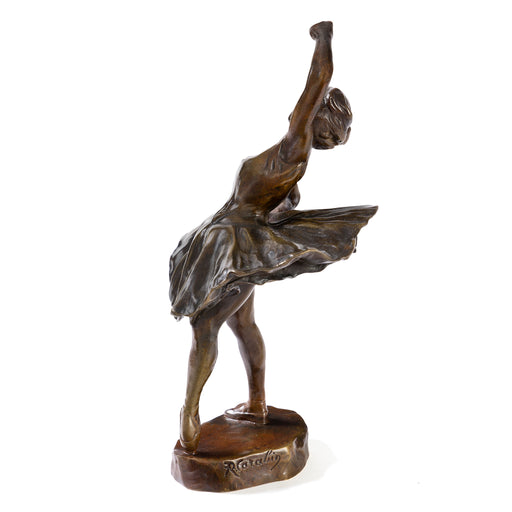
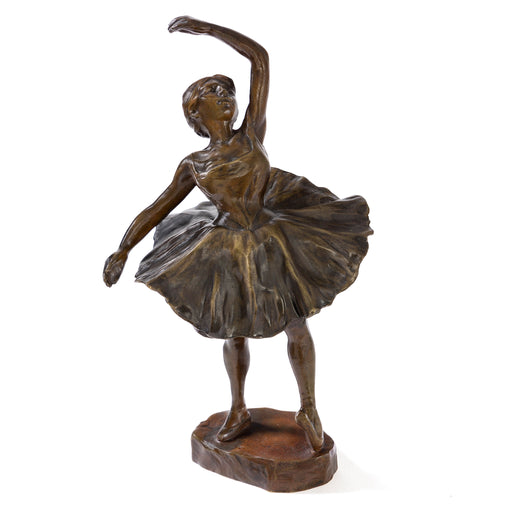 Sale
Shop Now
Sale
Shop NowFrançois-Rupert Carabin Bronze Figurine
$25,000| /This French Art Nouveau bronze sculpture of a ballerina by François-Rupert Carabin features a romantic style leotard and tutu. The romantic balleri...
View full details -
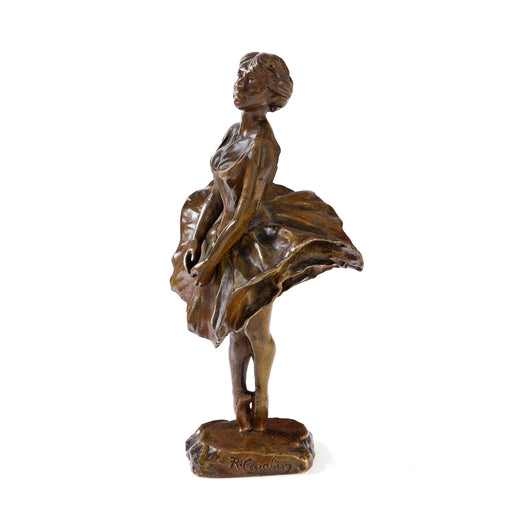
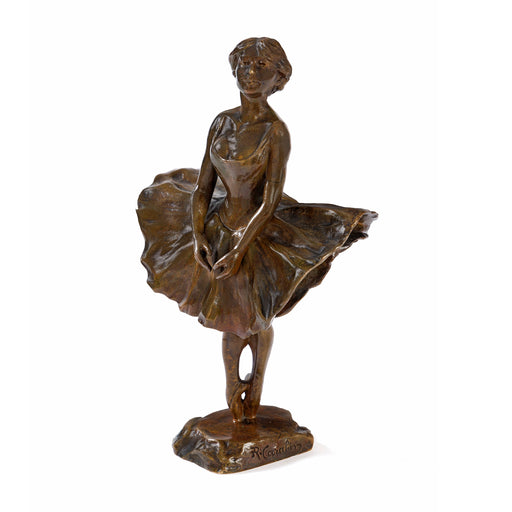 Sale
Shop Now
Sale
Shop NowFrançois-Rupert Carabin Bronze Figurine
$25,000| /This ballerina is a sclupture by François-Rupert Carabin in bronze. She is posed in the fifth position with the appropriate matching position of he...
View full details -
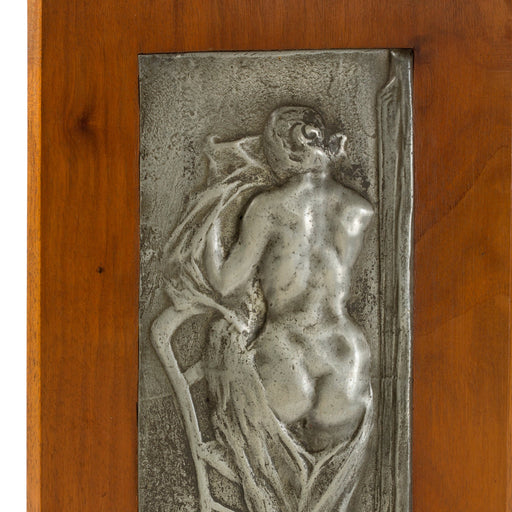
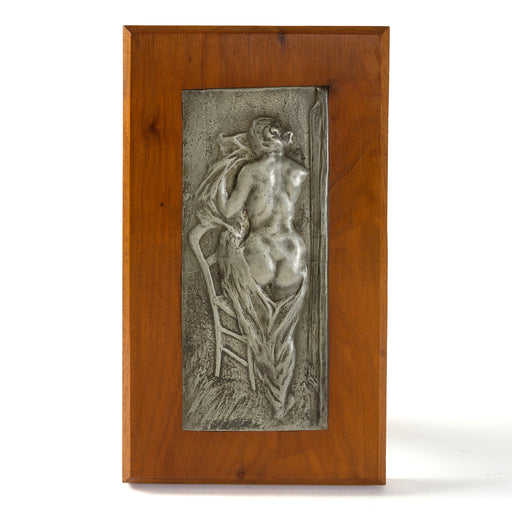 Sale
Shop Now
Sale
Shop NowFrançois-Rupert Carabin "Nude Woman with Chair" Pewter Plaque
$9,500| /This pewter plaque of a nude woman with chair by Rupert Carabin is an enchanting study of the female form. The model holds a swathe of drapery alof...
View full details -
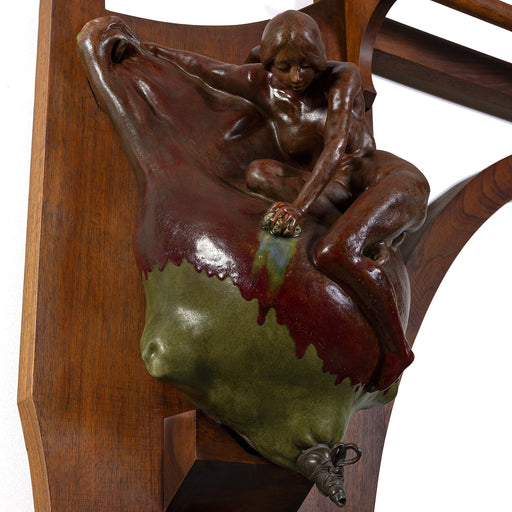
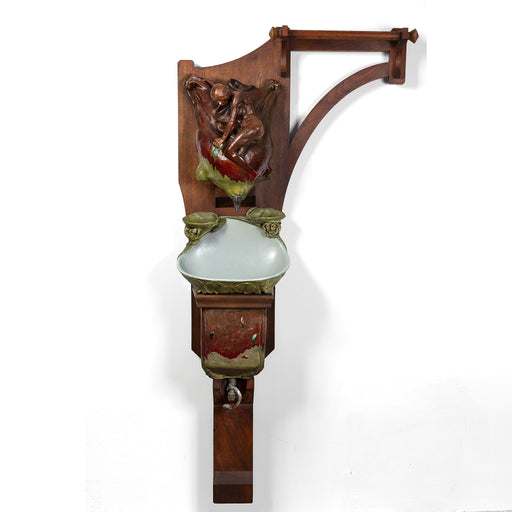 Sale
Shop Now
Sale
Shop NowFrançois-Rupert Carabin Ceramic Fountain Basin
$225,000| /A very rare French ceramic fountain basin by Rupert Carabin. Francois Rupert Carabin was considered one of the most brilliant sculptors working in ...
View full details -
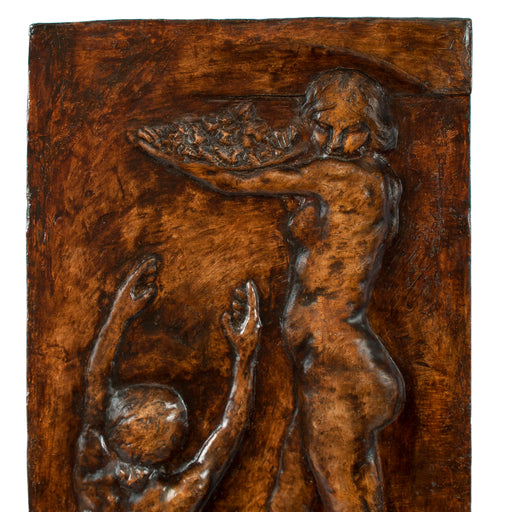
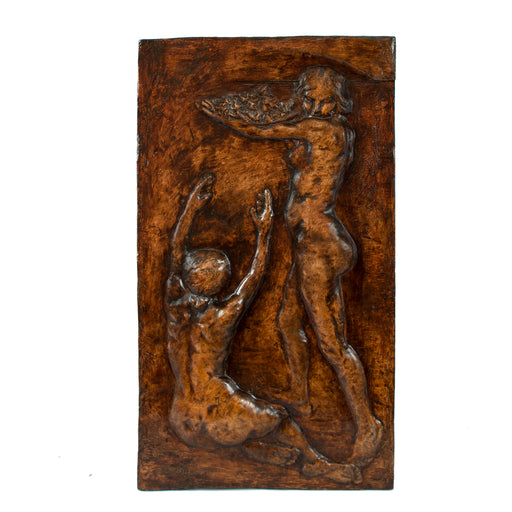 Sale
Shop Now
Sale
Shop NowFrançois-Rupert Carabin "Allegory of Wine" Painted Plaster Plaque
$45,000| /This painted plaster plaque, titled "Allegory of Wine," was created by French Art Nouveau artist François-Rupert Carabin, who worked across many me...
View full details -
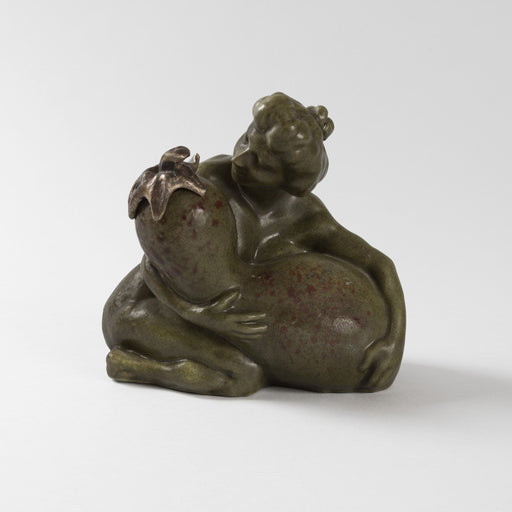
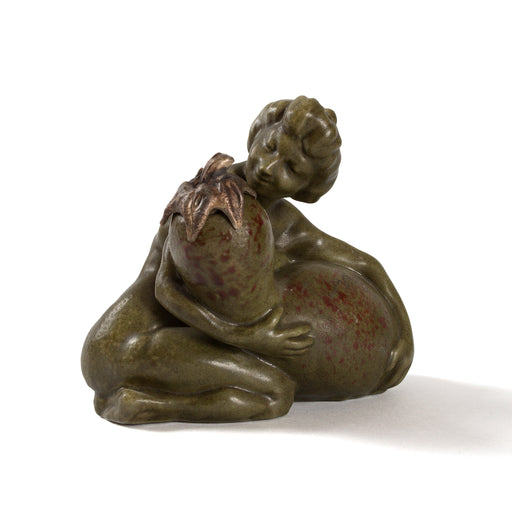 Sale
Shop Now
Sale
Shop NowFrançois-Rupert Carabin "Femme à la Coloquinte" Ceramic Inkwell
$15,000| /This glazed ceramic inkwell, by French Art Nouveau artist, François-Rupert Carabin, is titled "Femme à la Coloquinte," or "Woman with Gourd." The c...
View full details -
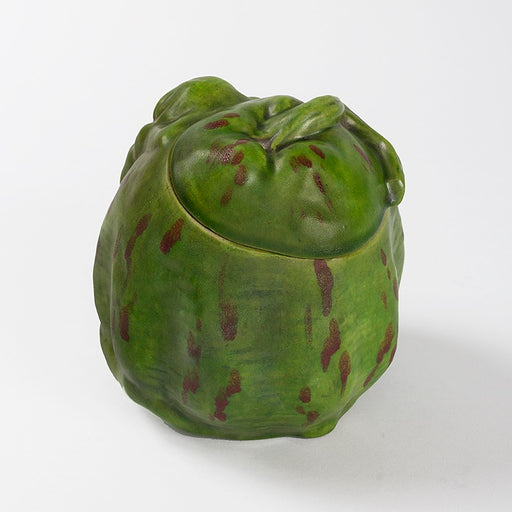
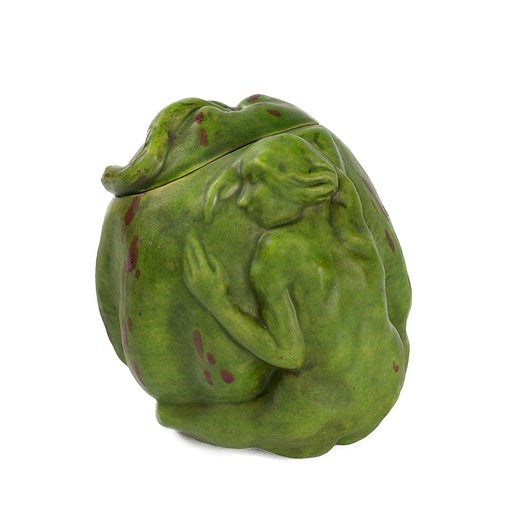 Sale
Shop Now
Sale
Shop NowFrançois-Rupert Carabin Ceramic Covered Jar
$9,500| /This lushly green ceramic covered jar, by François-Rupert Carabin, features the form of a nude female figure lovingly embracing a gourd shape that ...
View full details -
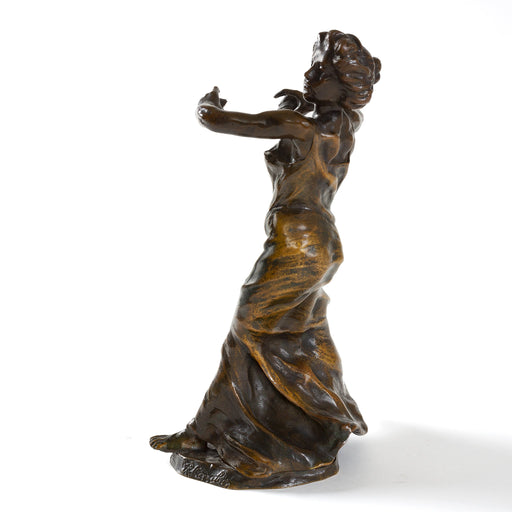
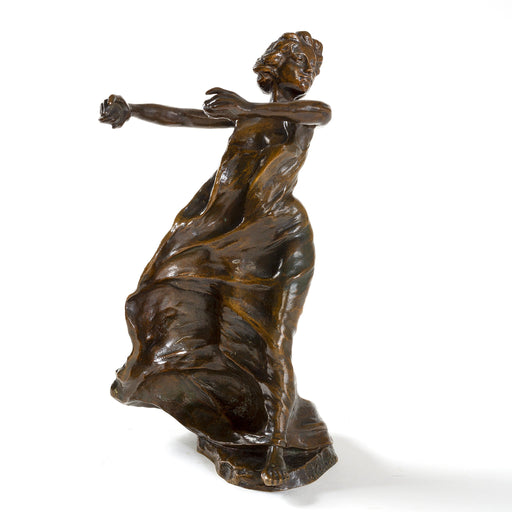 Sale
Shop Now
Sale
Shop NowFrançois-Rupert Carabin Bronze Castanet Dancer Sculpture
$29,500| /This French Art Nouveau bronze sculpture of a castanet dancer in spinning motion with dramatically flowing gown by François-Rupert Carabin, feature...
View full details -
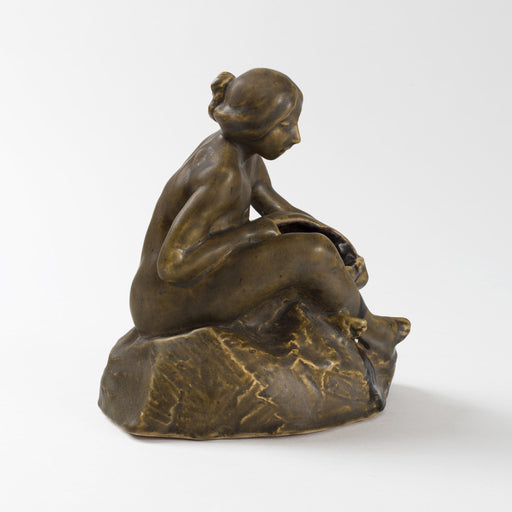
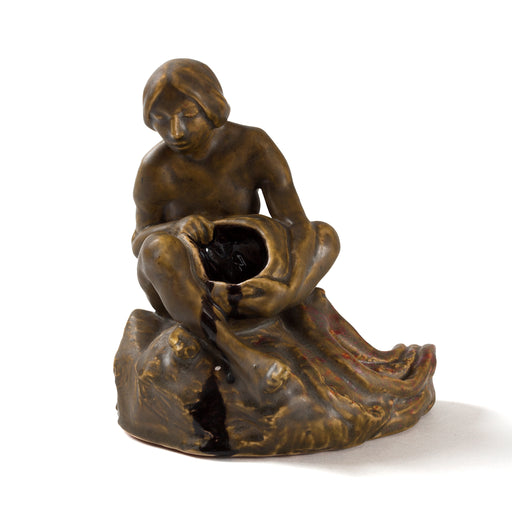 Sale
Shop Now
Sale
Shop NowFrançois-Rupert Carabin "Femme au Pieuvre" Glazed Ceramic Inkwell
$15,000| /This piece, entitled "Femme au Pieuvre," or "Woman with Octopus," by François-Rupert Carabin, is a brown glazed ceramic inkwell wherein a woman ecs...
View full details -
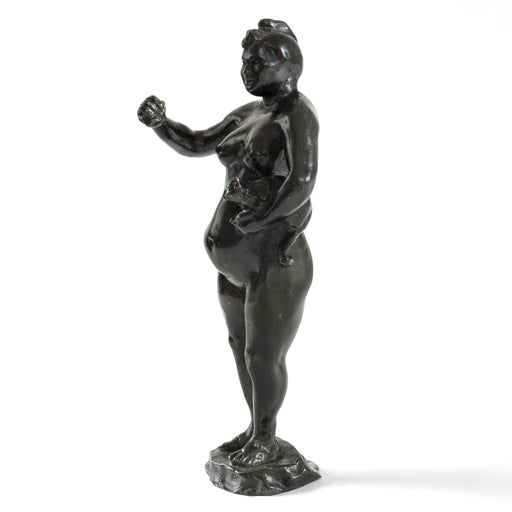
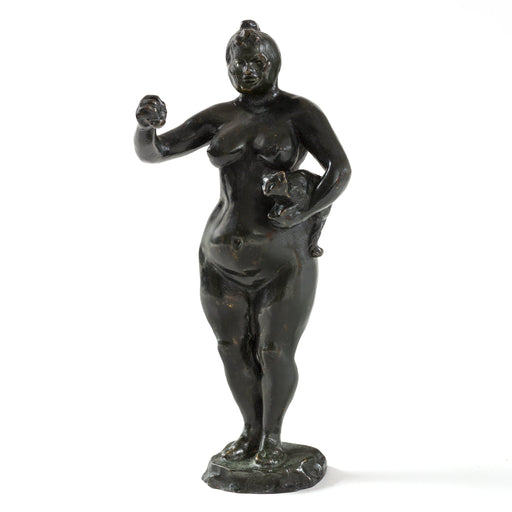 Sale
Shop Now
Sale
Shop NowFrançois-Rupert Carabin "Woman and Cat" Patinated Bronze Sculpture
$25,000| /This sculpture, titled "Woman and Cat" is a testimony to François-Rupert Carabin's ability to work with wax, the source material for his famed bron...
View full details




















